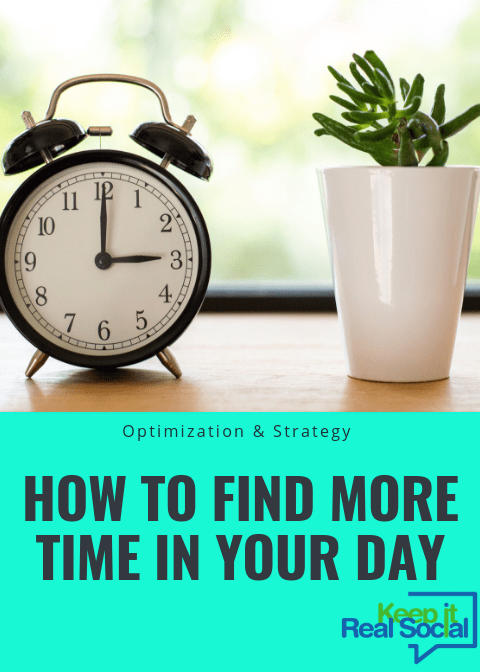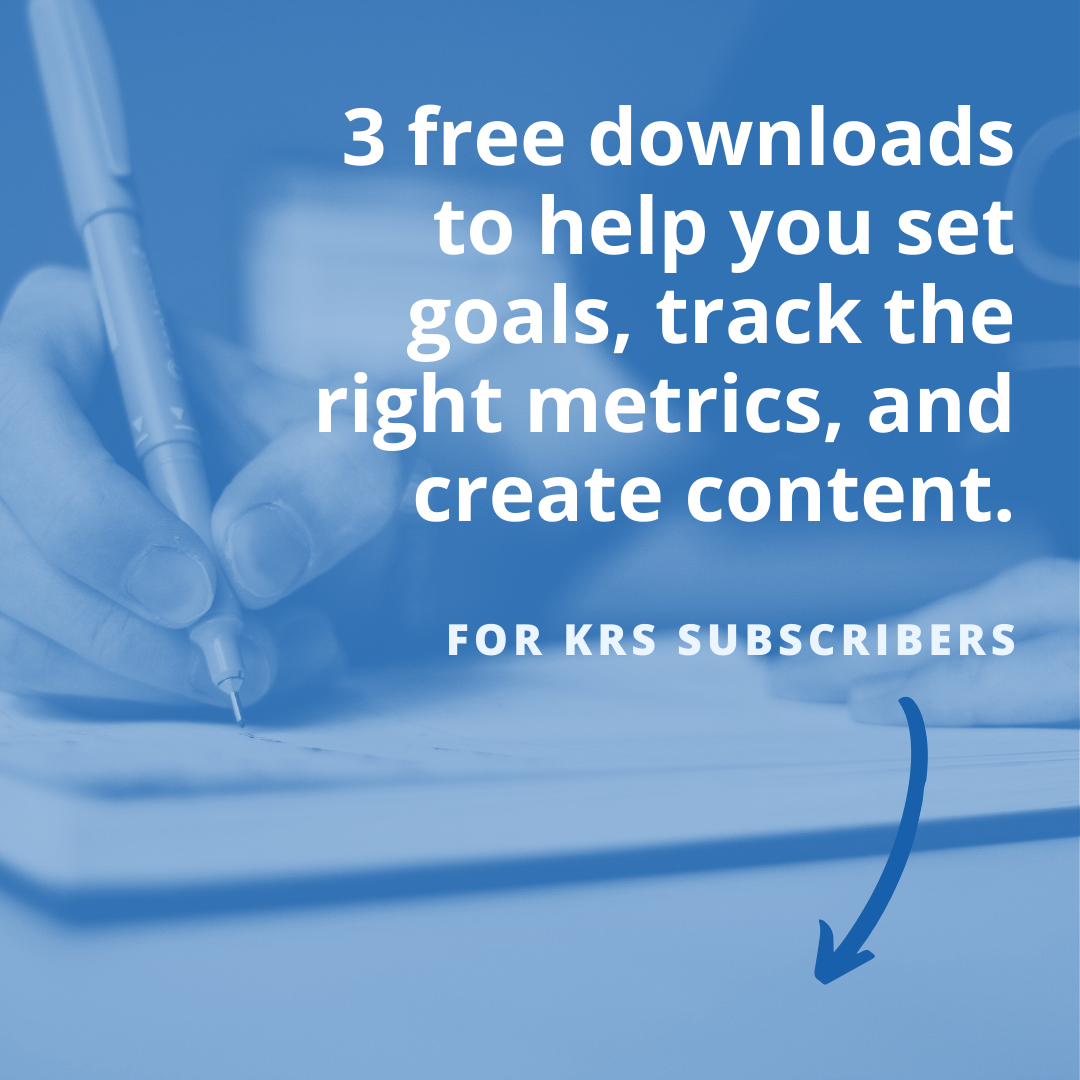Most people I know wish they had more time in their day to tackle their never-ending to-do list. Now there’s a way to work more efficiently while also putting parts of your business on autopilot: using a Facebook Messenger Chatbot.
You may have already experienced this cool technology yourself as a consumer. Internet marketers use this technique to deliver their training materials but bigger companies, such as 1-800-Flowers, Domino’s Pizza, and Whole Foods, also use bots to assist with placing and tracking orders, answering customer service questions, and providing recipes, all in an effort to make their customers’ lives easier.
So if you want to “clone” yourself so you can handle more tasks during your day, using a Facebook Messenger bot is an easy way to do that. Since chatbots can be programmed to do any tasks you want, you can program your bot for customer service. If you need help closing sales, you can program your bot do lead your prospects down your funnel, making recommendations and answering customer questions. So while your bots are at work doing those tasks on autopilot, you can focus on completing your money-making tasks.
Don’t Hide From Your Clients
Using chatbots can help automate your business but some customers are resistant to the latest technology and still prefer to speak to a live person. An important part of programming your bot is listing your contact phone number and your email for those who want a more personal response, or for those whose questions fall outside the realm of what your bot can answer. When those calls or emails come in, your virtual assistant should be able to handle them for you so you can still focus on your coaching clients.
Invest Your Time Upfront to Save Time Later On
Many different companies offer chatbot services and they make it very easy to program your bot without needing any complicated coding experience. But only you can decide what questions to ask and how your bot can best serve your customers, so you’ll need to spend time planning your sequences and predicting what your customers will need.
For instance, if you’re delivering your latest free report to your clients via chatbot, you will need a welcome message with a link to the free report (or training, whatever they agreed to receive). But don’t stop there! Programming a chatbot is much like planning an email sequence: if you are not consistent with your contact, your clients or prospects will stop using the bot and then your contact becomes much more limited.
So your next message may be a follow-up, asking if they read the report or asking if they have any questions. You can supply them with some standard questions to choose but now you need to create those responses to the programmed questions. You may feel a little like a mind-reader but the more intuitive you can make your bot, the better your clients will respond. Of course, if at any point in the messaging sequence you feel stuck or feel like there are too many possible answers to program, send a message encouraging them to call your number to speak to a representative.




